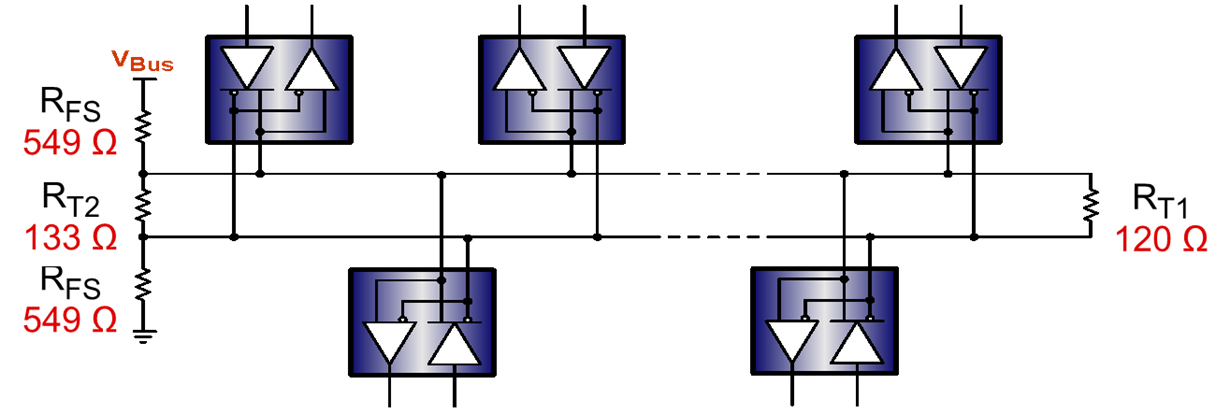Hi team,
My customer would like to add the pull up resistor on all input and output pin.
Is there any issue by adding pullup resistor?
Also, could you tell me the output status when the input is shorted? The input is always High by pullup resistor...
Regards,
Yoshi


